|
Seldom do we have a chance to meet the people who created the medieval embroideries. Especially written sources containing the names of female embroiderers are rare as hen's teeth. Imagine my delight when I found an older Belgian publication that contains precisely that! It is a list of 175 (!) people who were drawn in from all over the place to help embroider equipment, clothing and tents for a duel between Philip the Good, Duke of Burgundy, and Humphrey Duke of Gloucester. The original documents preserved do not only tell us something about the embroiderers and other craftspeople involved, we also have a list of the embroidered items. Let's explore! Why did these two men think it a good idea to fight till death? It was about a woman: Jacqueline Countess of Hainaut. She interfered, with her second husband Humphrey, in the power politics of Philip the Good by trying to claim her rights in Hainaut. In essence, it was a family feud as most of these people were closely related to each other. In order to have the most splendid kit to try to kill Humphrey, Philip ordered his man Andre de Thoulongeon to ride to Paris in haste to collect master craftsmen in the art of weaponry, painting and embroidery. Andre contacted Thomassin de Froidmont, Philip's weaponry master, Thierry du Chastel, who later surfaces in the historical sources as Philip's head embroiderer and the painter Hans de Constance (his name suggests he came from Konstanz in Southern Germany). Painter Hans came to Bruges and worked for 70 days on the embroidery designs. Simon de Brilles, an embroiderer of Philip, was asked to take care of the masters that came from Paris and to direct the embroiderers that worked on repairing the embroidery on the weapons and Philip's tent. The first embroiderers arrived at Bruges on the 26th of March 1425. They worked in the ducal palace. Over the next weeks, more and more embroiderers arrived. They came from Bruges, Ghent, Lille, Brussels, Mechlin, Antwerp, Tournai and many other places. All in all, 175 people of which 22 were certainly women (I wasn't sure about 9 names if they were male or female). This underlines the general impression I have so far gotten from the historical documents that significantly more men worked as professional embroiderers than did women. Some people stayed the whole 70 days and others came for only a couple of days. They finally completed the task on the 21st of June. What did 175 embroiderers produce between the 26th of March and the 21st of June 1425? They made seven horse trappers made of velvet and embroidered with the coat of arms of Philip or his counties, his motto and the cross of St Andrew. As far as I know, the only surviving medieval embroidered horse trapper is held at Musee Cluny in Paris (Cl. 20367 a-g). They also made tabards, those heavily decorated tunics that were worn over chainmail or harness. Furthermore, banners and a tent needed to be decorated with embroidery. The Belgian authors think this not to be very much ... Why then did some embroiderers have to work through the night to get it finished in time?! In the end, it was all for nought. Philips and Humphrey decided that trying to kill each other wasn't the best way to solve the conflict. Diplomacy did. On the 23rd of Mai 1425, the duel was called off. Interestingly, the embroidery works continued until the 21st of June. The, no doubt, splendid embroideries were transported to Lille on the 9th of September and kept there for safekeeping. Maybe they were used for the tournament in which Philip the Good and John of Lancaster both appeared in 1427. There is a written source that confirms that the tent made for the duel could still be admired in Lille in 1460. Unfortunately, none of the embroideries seems to have survived till the present day. The list in which the embroiderers are listed shows some interesting details. Foremost, we learn how much each of them was paid. Some got the same payment for each day they worked, others got different wages on different days. Was this because costs spiralled out of control? Or were different tasks paid differently? I tend to think it is the latter. You were presumably assigned to a certain task and when that task was completed you got assigned the next one when you decided to stay on. Those who practice goldwork embroidery probably know that some techniques and designs require more skill than others. Related to this is the payment of the female embroiderers. The Belgian authors state that the work of women was rewarded less. This conclusion is probably cut too short. Lievin van Bustail, Lyzebette Peytins and Yoncie Hevre all earn quite a bit above the average wage of 19,6 gr. It is true, however, that the top earners are men and that 14 of the 22 women earned wages below the average. Four women came with their husbands: Ernoul and Marguerite de Wesemale both became the same wage of 20 gr., the same is true for Alard and Katherine du Dam. Jaquet d'Utrecht earns 20 gr, his wife (not named) earns 16 gr. and his boy (not named) 14 gr. Pietre de Hond only earns 18 gr. and his wife (not named) earns even less at 14 gr. Young boys either earned 14 gr. or 11 gr. This seems only fair as these were probably still training with their masters (maybe their fathers?) and were thus not that skilled. I am therefore thinking that embroiderers were primarily paid according to skill and not according to their gender. For those of you who like to play with the raw data below is the Excel list for you to download. If you can help sex any of the names now a '?' or if you see a mistake, please let me know!
Literature
Duverger, J., Versyp, J., 1955. Schilders en borduurwerkers aan de arbeid voor een vorstenduel te Brugge in 1425. Artes Textiles II, 3–17.
18 Comments
ANDREA VAN ROY
24/1/2022 14:56:24
Altijd leuk om je blogberichten te lezen.
Reply
Ann Bernstd
24/1/2022 14:59:56
Absolutely fascinating. Thank you for sharing this with us others who do not have the opportunity to research as you do.
Reply
24/1/2022 15:31:00
Fascinating !
Reply
Susan
24/1/2022 16:03:51
Thanks so much for your articles. I always enjoy them and learn something interesting. And they give a nice diversion from the daily news. Much appreciation for the inspiration and for making my day better!
Reply
Rebecca
24/1/2022 19:34:37
I wonder: how far did these master embroiderers and their apprentices travel? Were they compensated for travel days and lodging? I expect my curiosity exceeds the available sources for research!
Reply
24/1/2022 19:53:10
Rebecca, the downloadable excel table shows you if people did get board and bed on top of their wages. The blog article names the towns people travelled from to Bruges.
Reply
Rebecca
27/1/2022 15:06:11
Thank you, Jessica. I’ll have a look at the PDF.
Darcy Walker
24/1/2022 20:19:02
I am in awe of your research. This is fascinating to
Reply
How very intriguing!
Reply
meri
25/1/2022 09:17:02
What a fantastic find!Thanks for sharing
Reply
Laura Sandison
26/1/2022 01:31:33
I love this fascinating research. You are a valuable researcher for all of us. Your sharing of this is such a gift and you are appreciated for it.
Reply
Susan B Farmer
27/1/2022 03:38:39
Jehan is also a woman's name. I have people familiar with 15th C naming patterns that I can ask, but that's the only one I know. Finding out about the hands that produced those marvelous works is so awesome!
Reply
27/1/2022 11:37:28
Thank you so much for your detailed reply, Susan! Yes, Jehan (Johan or Jan in Dutch) can be female too (correct female form in Dutch: Johanna or Jannetje). However, the female form, Jehenne, is explicitely on the list as well. As the list is drawn up in old French, and many of the people on it were clearly Dutch, most names have probably been made French as well. Until about a generation ago, it was quite common to still find male names for women. Their official name would be male (to please older relatives) but the name they were called by would have been female or by adding a diminutive ending, it was made female.
Reply
Susan B Farmer
28/1/2022 02:23:21
You're quite welcome! I tend to go off into teacher mode when answering questions. Lolol. I hope some of it was useful to you! Your comment will be posted after it is approved.
Leave a Reply. |
Want to keep up with my embroidery adventures? Sign up for my weekly Newsletter to get notified of new blogs, courses and workshops!
Liked my blog? Please consider making a donation or becoming a Patron so that I can keep up the good work and my blog ad-free!
Categories
All
Archives
July 2024
|
||||||
Contact: info(at)jessicagrimm.com
Copyright Dr Jessica M. Grimm - Mandlweg 3, 82488 Ettal, Deutschland - +49(0)8822 2782219 (Monday, Tuesday, Friday & Saturday 9.00-17.00 CET)
Impressum - Legal Notice - Datenschutzerklärung - Privacy Policy - Webshop ABG - Widerrufsrecht - Disclaimer
Copyright Dr Jessica M. Grimm - Mandlweg 3, 82488 Ettal, Deutschland - +49(0)8822 2782219 (Monday, Tuesday, Friday & Saturday 9.00-17.00 CET)
Impressum - Legal Notice - Datenschutzerklärung - Privacy Policy - Webshop ABG - Widerrufsrecht - Disclaimer

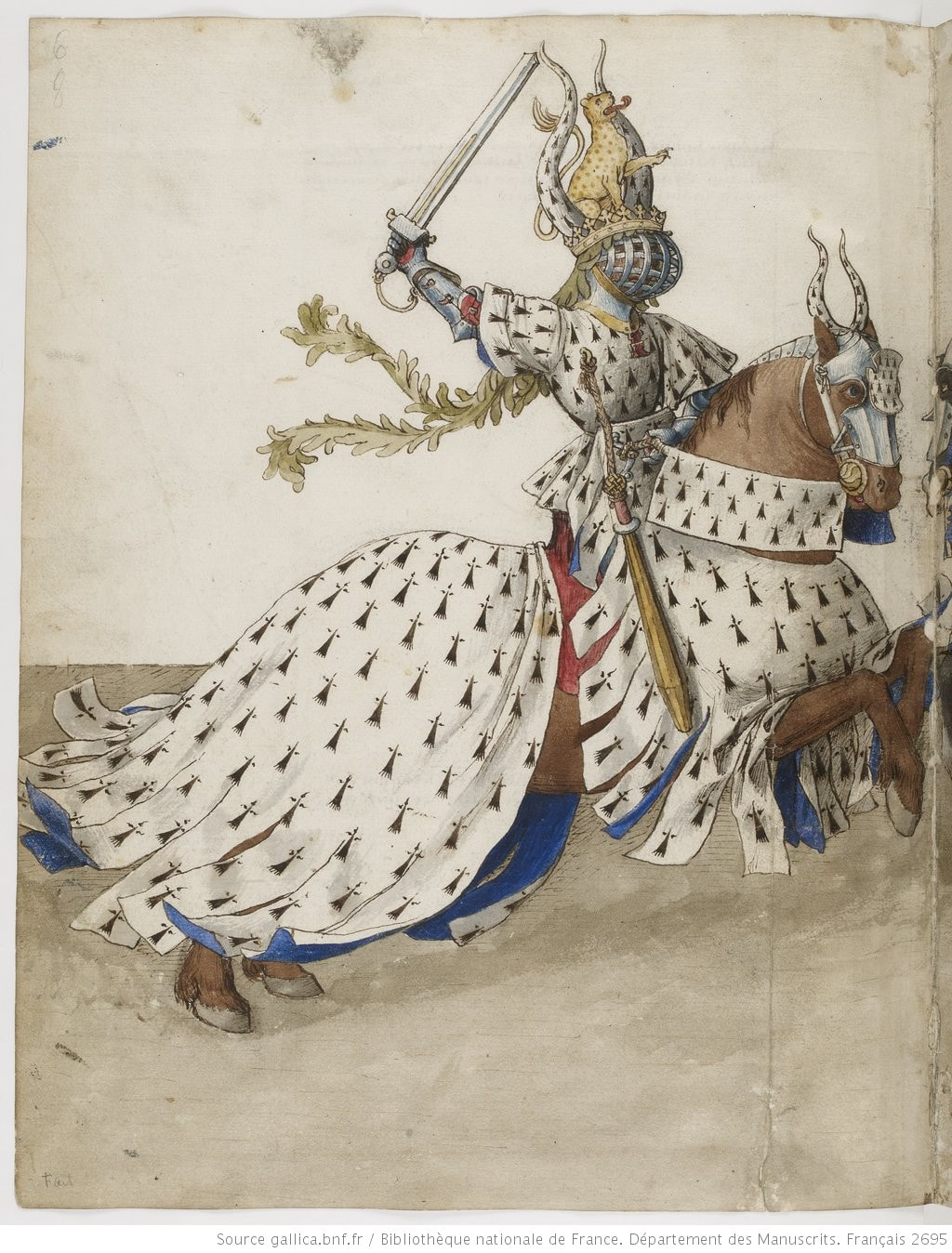
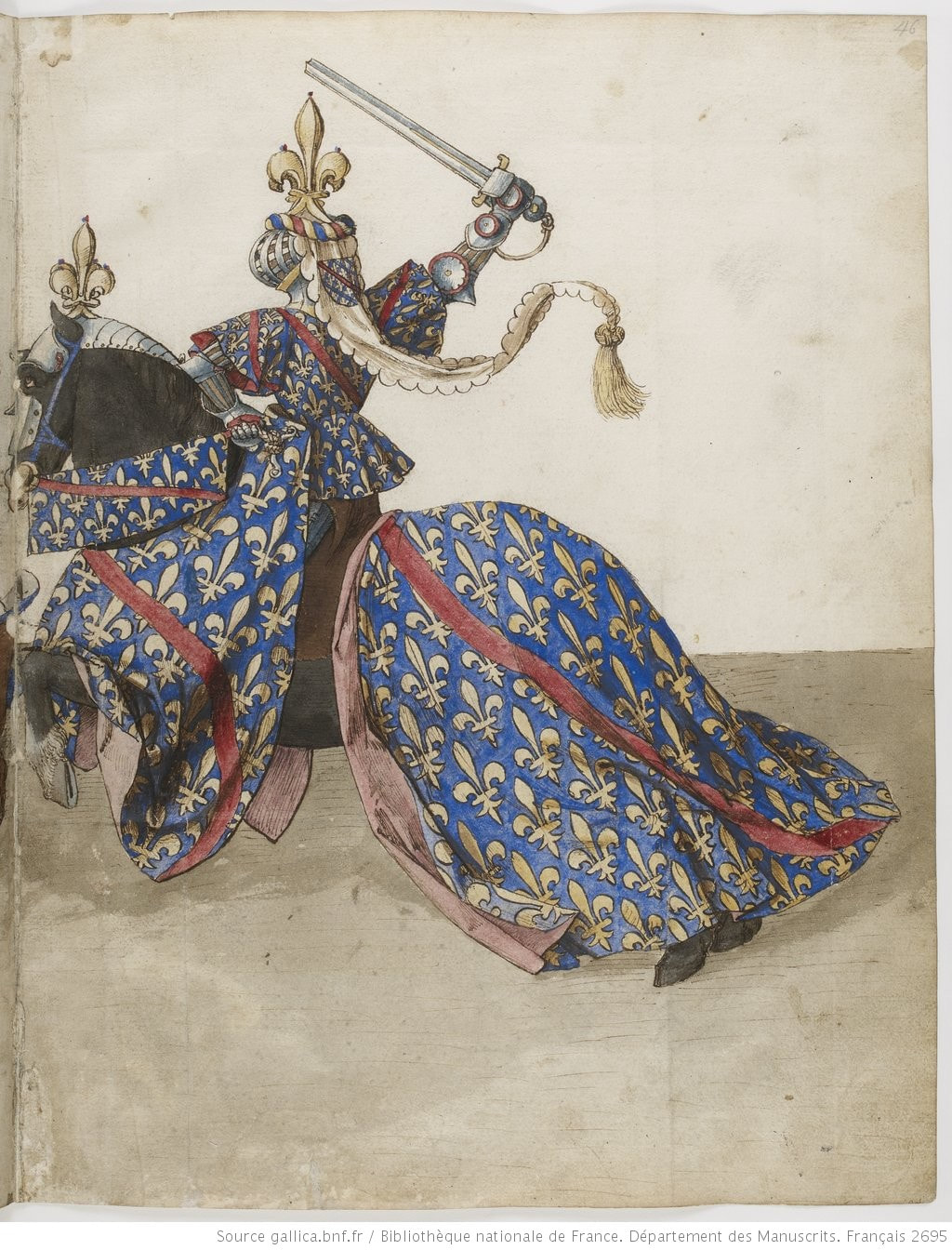
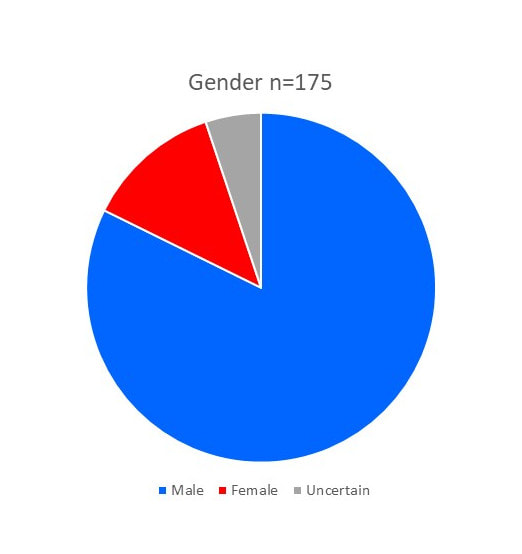
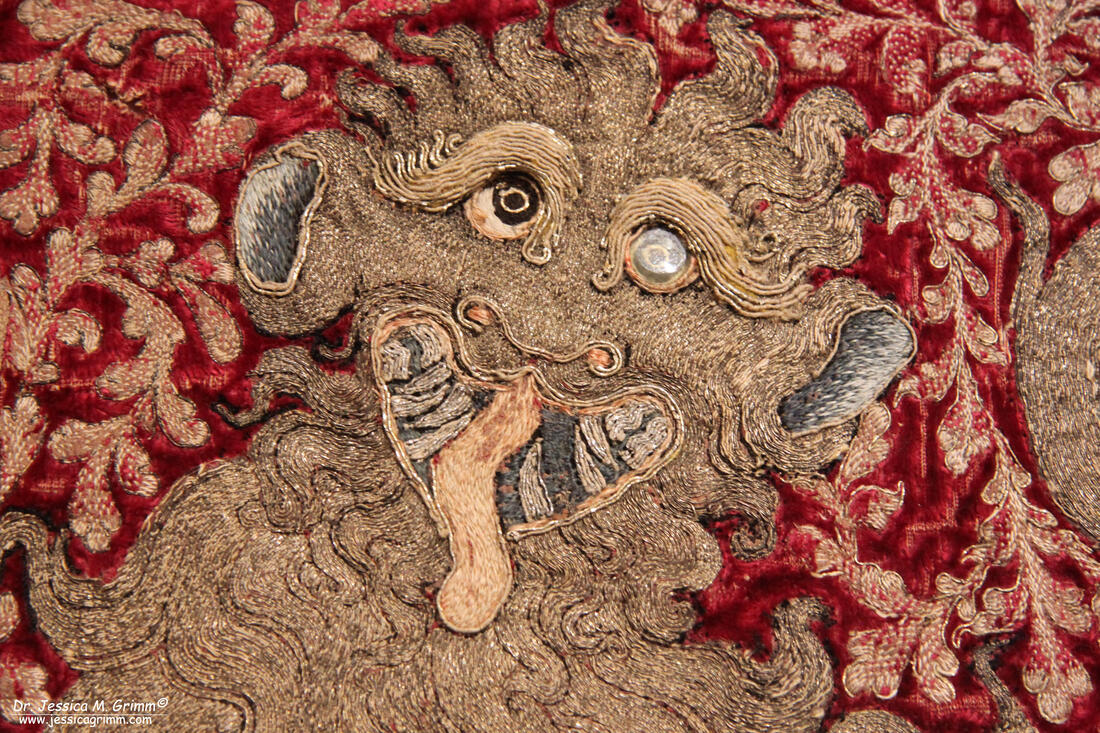
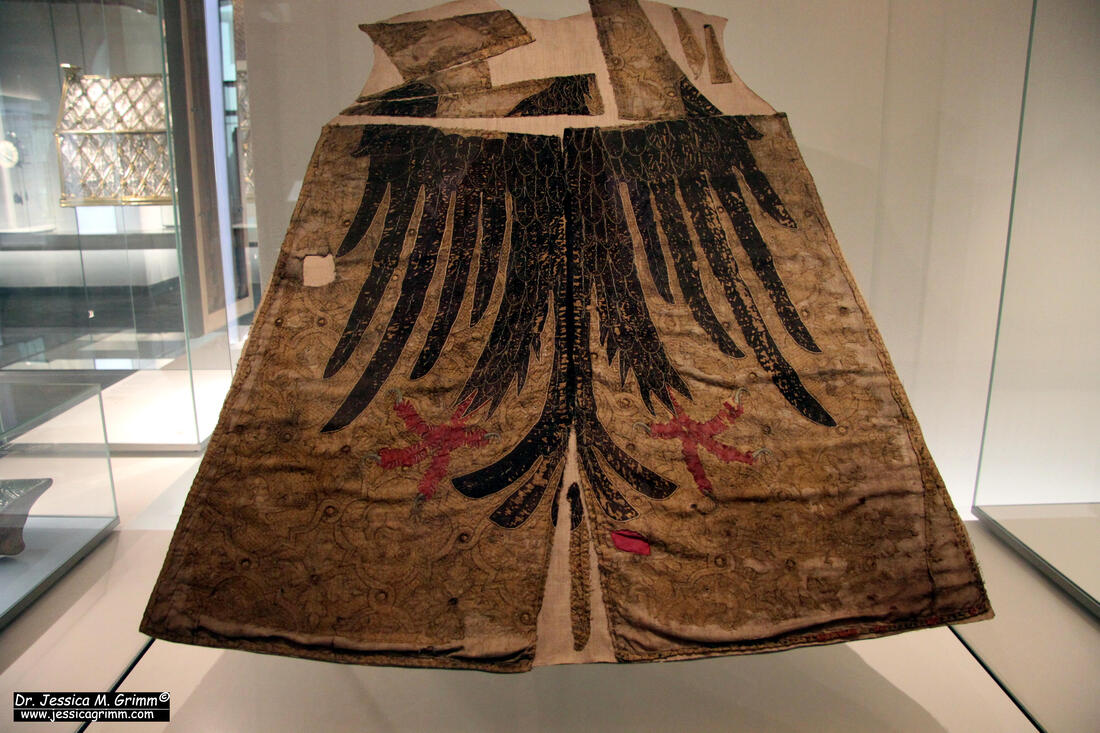
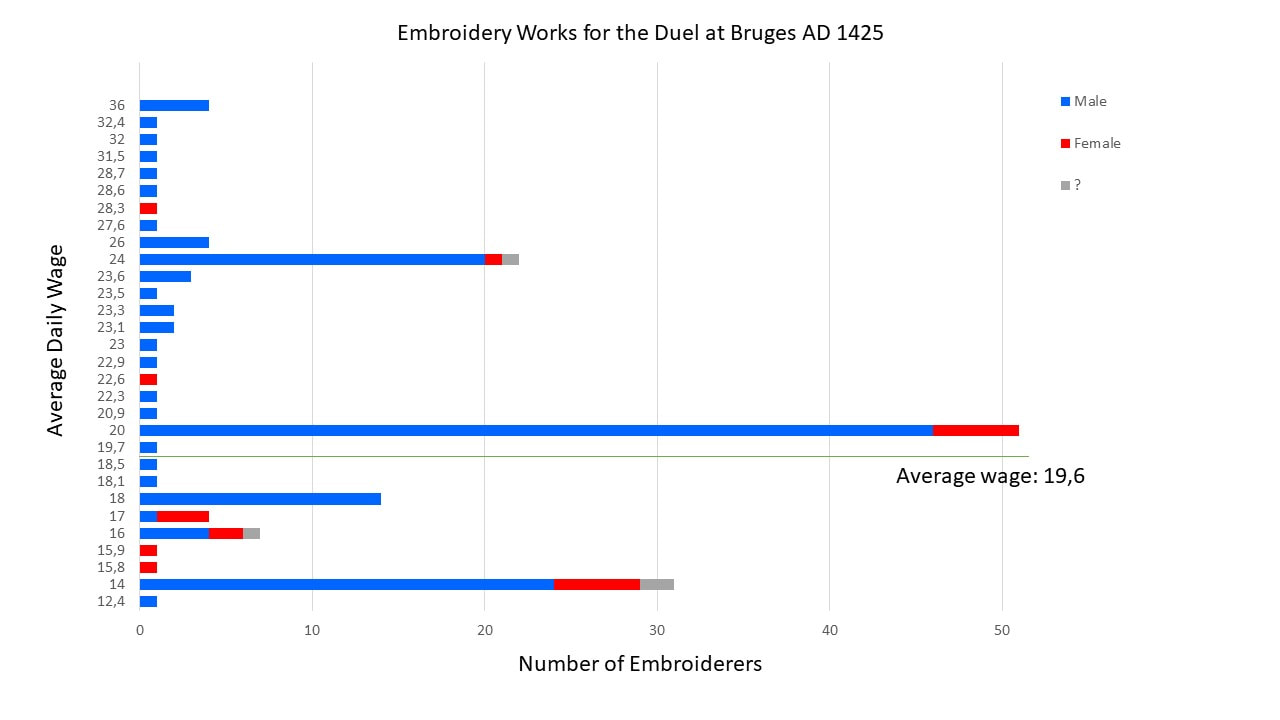





 RSS Feed
RSS Feed